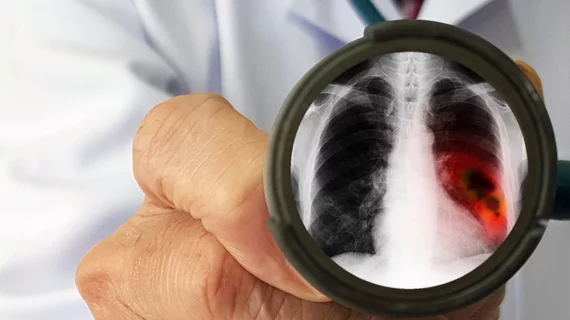In report to Congress, task force touts need to improve CT lung cancer screening uptake
In its latest report to Congress, the influential U.S. Preventive Task Force is touting the need to improve low-dose CT lung cancer screening uptake.
USPSTF just recently updated its guidelines for monitoring the disease, which experts predict will spell a 54% surge in eligibility. However, the group is concerned about reaching all eligible populations.
In its report released Monday, the task force underlined the need to assess the benefits and harms of using risk-prediction models to select patients for lung cancer screening. USPSTF said such tools can create barriers to screening in primary care. It also wants to determine other ways to increase uptake in clinical practice, especially among those at higher risk of death from the disease and the socially and economically disadvantaged.
“The task force is committed to doing its part to reduce health disparities, including identifying the evidence gaps around health inequities and communicating the areas of greatest need,” USPSTF Chair Karina Davidson, PhD, said in a statement.
In addition, the group also highlighted the need bolster colorectal cancer screening, sometimes handled by radiologists via CT imaging. USPSTF wants to explore the effectiveness of screening in adults younger than age 50. It’s also searching for the factors that increase incidence and mortality among Black adults, including screening access and characteristics of healthcare systems providing such care.
“Once these factors are identified, more research is needed to evaluate interventions designed to mitigate these differences for Black adults,” USPSTF noted, adding that results of this work may lead to new screening recommendations or policy changes to improve access.
You can read the task forces full 11th annual report to Congress here or access the executive summary.

